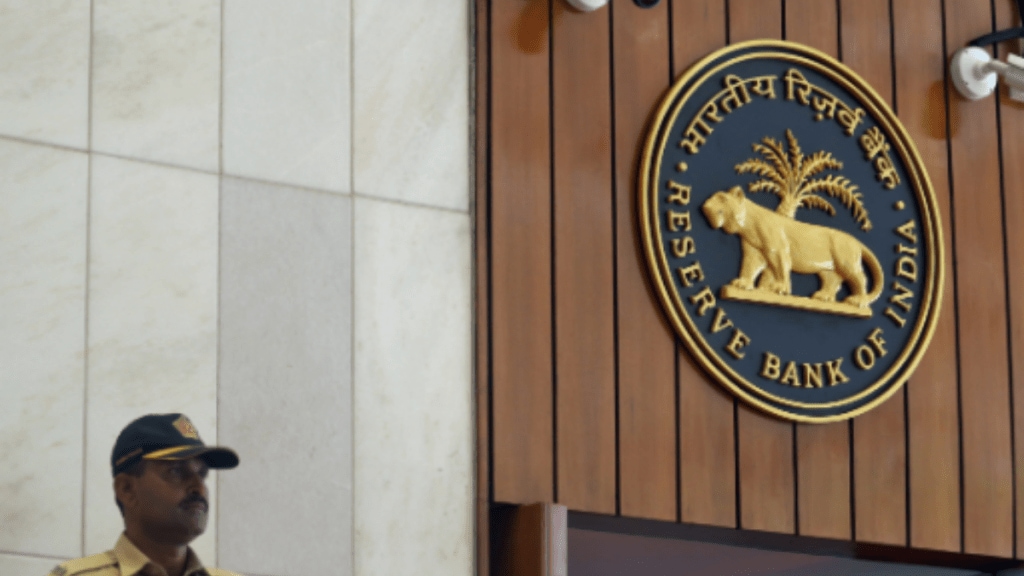Lenders plan to approach the Reserve Bank of India (RBI) proposing lower provisioning for infrastructure loans, as the probability of default or PD has been falling consistently to 2% or even less in the sector over the past five years.
“We are in touch with RBI about this number (PD), as it has fallen significantly in the past few years. If they accept this number, then our problem will be solved,” said a banker.
PD, a key component in credit risk assessment and used in the calculation of expected credit losses, is a measure of the likelihood that a borrower will be unable to meet their debt obligations over a specified period.
The banker explained that over a 10-year period, the PD comes to 5%. But it is primarily because of the abnormal rise in the non-performing assets (NPAs) for three-four years after the Asset Quality Review (AQR) guidelines came into play.
Earlier, due to the corporate debt restructuring, the banking system witnessed postponement of NPAs during 2011- 2014. Following RBI’s announcement of the AQR in 2015, it experienced a surge in bad loans as the new rule mandated banks to identify and recognise stressed assets that had previously not been classified as NPAs.
“Loans, which should have been classified as NPAs in 2011 or 2012, were postponed and became NPAs only from 2015 onwards. So, if you take past 10 years, the PD will come 5%. This seems to have prompted the RBI to come up with the 5% provision on project finance loans,” said the banker.
He added that once that abnormal surge is taken out of the equation, things look much better. “We have been talking to rating agencies over the falling PD that has averaged around 2% between 2018 and 2023, which has significantly improved the prospects of these projects ,” he said, adding that if FY24 is taken into consideration, the number could fall further.
This has also encouraged some private sector players, which have traditionally stayed away from infras financing, to enter the sector.
Under the RBI’s draft guidelines for project finance, a bank has to set aside 5% of the exposure during the construction phase, which goes down as the project becomes operational. Once the project reaches the ‘Operational phase’, the provisions can be reduced to 2.5% of the funded outstanding and then further down to 1% if certain conditions are met.
According to the RBI data, gross NPA of banks have fallen from a high of 11.2 % in March 2018 to a decadal low of 3.2 % in September 2023.
One of the main reasons for the PD coming down to 2% for the past five years is decrease in disputes related to large infrastructure projects. Prior to 2015, high number of infrastructure project loans were turning NPAs due to court rulings in 2G spectrum, disputes in coal or iron ore mining and thermal power projects.
Bankers say that in the past five years many auctions have happened in telecom, iron ore, coal mining but not a single dispute has emerged because the systems are so well built now. Issues relating to land acquisition, environmental clearances are gone.
“All those issues that led to surge in the NPAs before 2015 have been addressed now. You cannot ignore all these factors while calculating probability of default,” added the banker.
